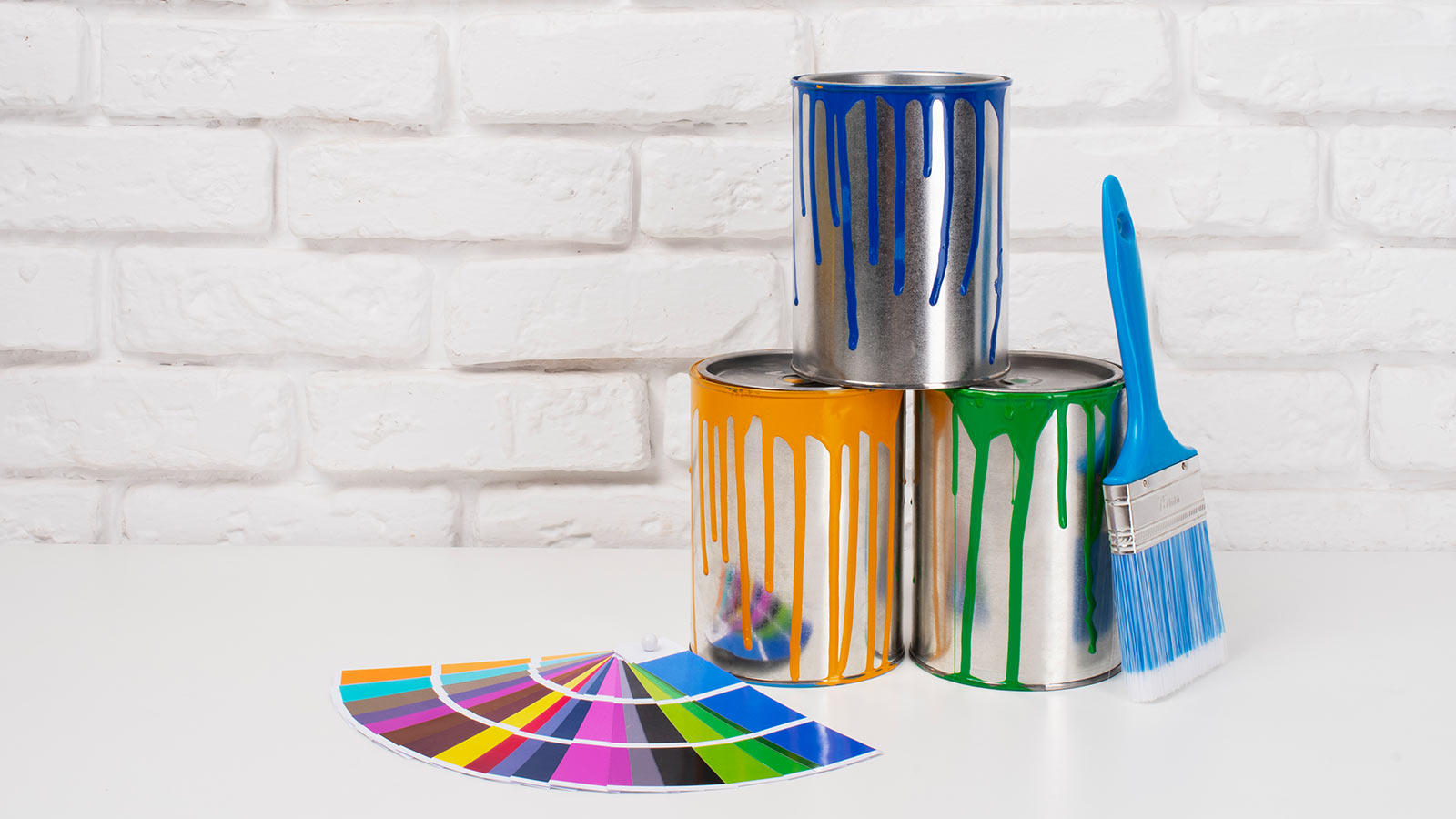Color is one of the most important factors to consider when designing a room. The colors you choose can impact the mood and atmosphere of a space, influencing everything from how people feel to how they behave. Understanding the psychology of color is crucial for creating a space that is both aesthetically pleasing and emotionally stimulating.
For example, warm colors like red and orange are often associated with energy, excitement, and passion. They can make a room feel cozy and intimate, and can be particularly effective in spaces designed for entertaining or socializing. In contrast, cool colors like blue and green tend to have a calming effect and can create a sense of tranquility and relaxation. They are often used in bedrooms and bathrooms to create a soothing and peaceful environment.
Neutral colors like white, beige, and gray are versatile and can be used to create a variety of different moods depending on how they are paired with other colors and design elements. They can be particularly effective in minimalist or modern designs, where the focus is on clean lines and simple, understated elegance.
Overall, the psychology of color is a powerful tool for interior designers, and understanding how different colors impact the mood and atmosphere of a space is essential for creating a space that is both functional and emotionally engaging.






